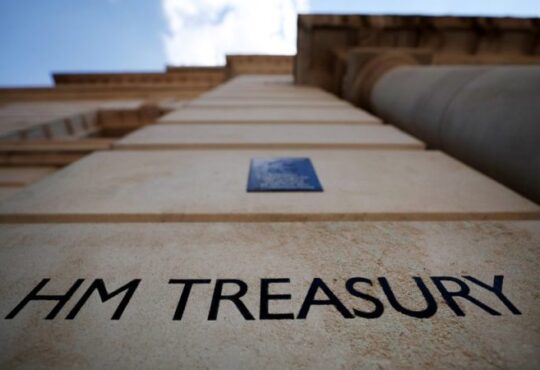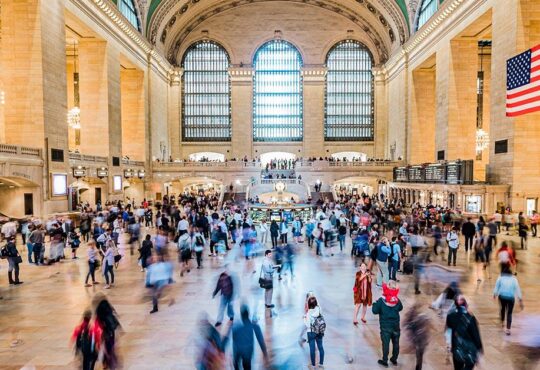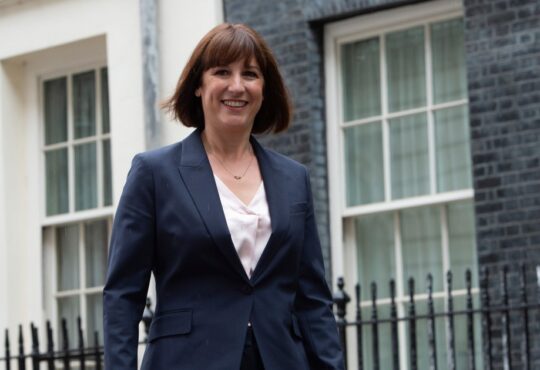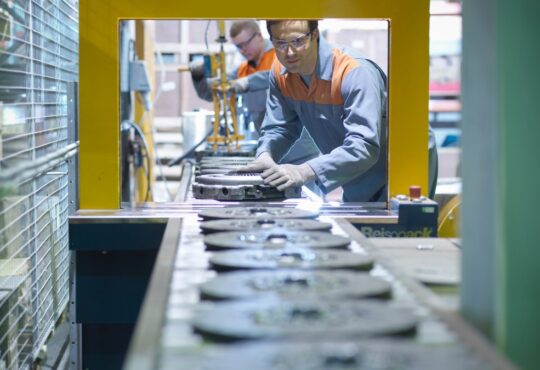Stay informed with free updates
Simply sign up to the US economy myFT Digest — delivered directly to your inbox.
US consumers are showing signs of flagging after helping to prop up the world’s largest economy since the pandemic, according to a growing number of companies, economists and investors.
This week’s shaky start to the corporate earnings season has fuelled concerns that consumer strength has peaked, despite data on Thursday showing stronger than expected GDP growth in the second quarter, thanks in part to consumption spending.
Kathy Bostjancic, chief economist at Nationwide Mutual, said she expected “consumers to rein in their spending as we head through the second half of this year” because “pandemic savings [are] depleted, lower income households increasingly maxed-out on credit and . . . employment growth will continue to cool”.
On Friday, a measure of US consumer sentiment fell to its lowest level in eight months as inflation and election uncertainty weakened the economic outlook. The University of Michigan’s consumer sentiment index registered a final reading of 66.4 in July, the lowest since November.
“High prices continue to drag down attitudes, particularly for those with lower incomes,” said Joanne Hsu, the survey’s director.
In the past week several high-profile companies have cautioned about softening demand.
Jim Peters, chief financial officer of Whirlpool, the S&P 500 appliance maker, said on Thursday that consumers were “weary” and demand was particularly weak from “discretionary” buyers — people looking to upgrade their fridge or washing machine rather than replace something that was broken.
Shares in UPS, the delivery company often seen as a bellwether for the broader economy, dropped 12 per cent on Tuesday after it missed analyst estimates and scaled back its forecasts for the rest of the year.
Several airlines said they had overestimated how strong demand would be in the second quarter. And Lamb Weston, one of the biggest suppliers of potatoes to restaurants such as McDonald’s and Chick-fil-A, warned that falling demand had “accelerated” in recent months and would probably continue into its next fiscal year.
“Real-time data” suggests that “consumers are starting to slow down”, said Max Gokhman, a senior vice-president at Franklin Templeton Investment Solutions, citing “reports from consumer staples names or financials saying we see consumers shift to value-oriented goods . . . or lower-end consumers taking more loans and spending less”.
That could be welcome news for policymakers at the Federal Reserve as they prepare to meet in the coming week to discuss when to start lowering borrowing costs. A slowdown in consumer spending might make it easier to achieve their goal of returning inflation to 2 per cent.
Austan Goolsbee, president of the Chicago Fed, told the Financial Times in early July, before the central bank’s blackout period ahead of its policy meeting, that some businesses had benefited from sharp upticks in sales during the pandemic and it was natural to see customers shift back towards pre-Covid trends.
“It’s very likely we’re going to go back to spending most of our money as consumers on services and, when that happens, the goods manufacturers are going to face a pinch,” he said. “You [can] see some of that [already] and [the likes of] apparel manufacturers and retail are having a tougher time.”
Lisa Cook, a Fed governor, said last month that the return of discounting by stores such as Target and Walmart highlighted customers’ increasing unwillingness to tolerate the high price rises of recent years.
“Several national retailers have announced plans to lower prices on certain items and there is increasing evidence that higher-income shoppers are trading down to discount stores,” Cook said.
However, some companies reporting in recent days struck a cautiously positive note.
Colgate-Palmolive chief executive Noel Wallace said he was “watchful” of consumers in the US, where retailers have been cutting some prices to boost business, but he was generally positive on demand around the world.
On Friday Colgate-Palmolive reported sales volumes had increased 4.7 per cent year on year in the second quarter and raised its performance forecast for the year.
Coca-Cola chief executive James Quincey told analysts there were “signs of pressure in various consumer segments across developed markets”, but also noted that sales of some more expensive products such as juices and mineral water were growing. The company raised its sales forecast for the full year.






